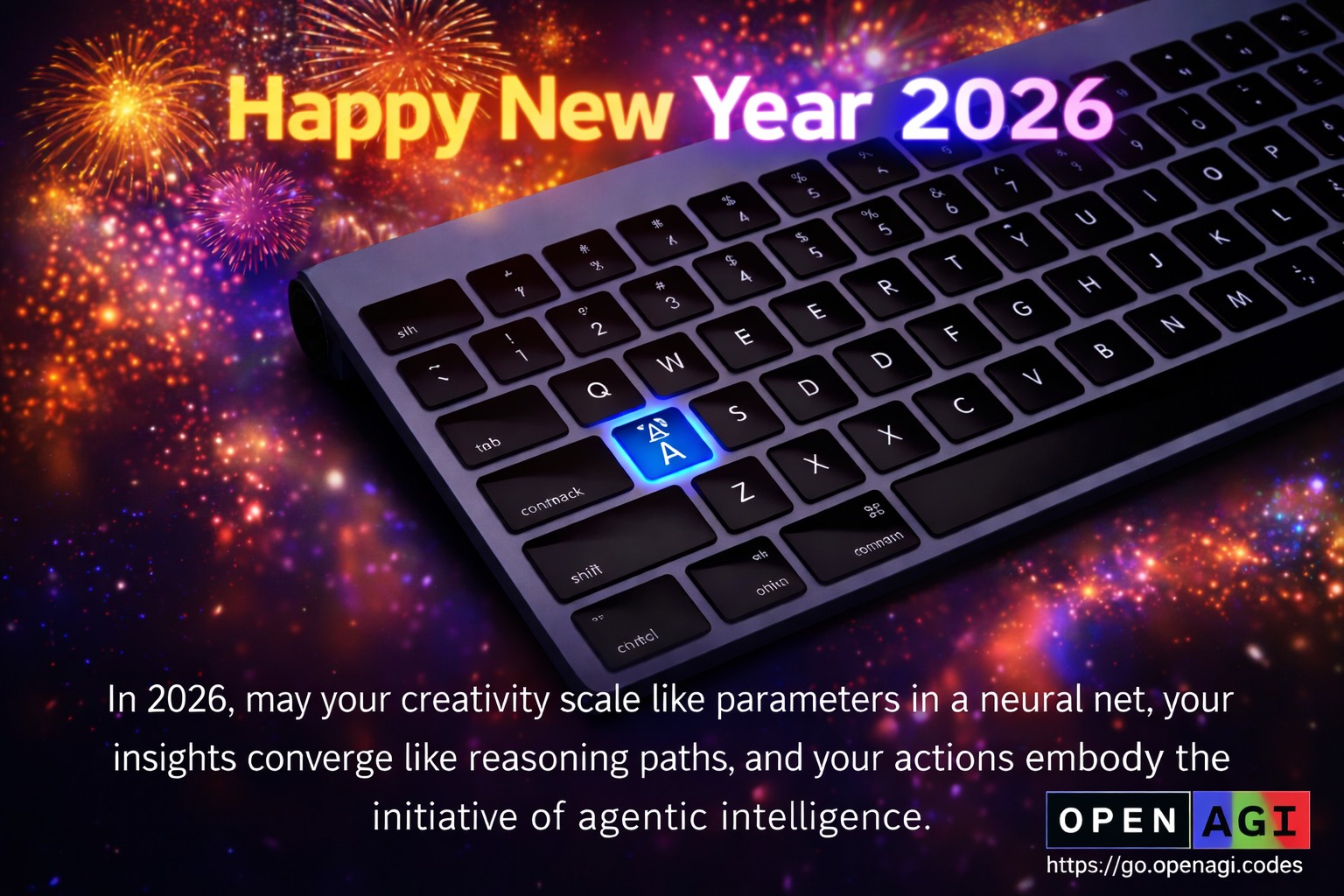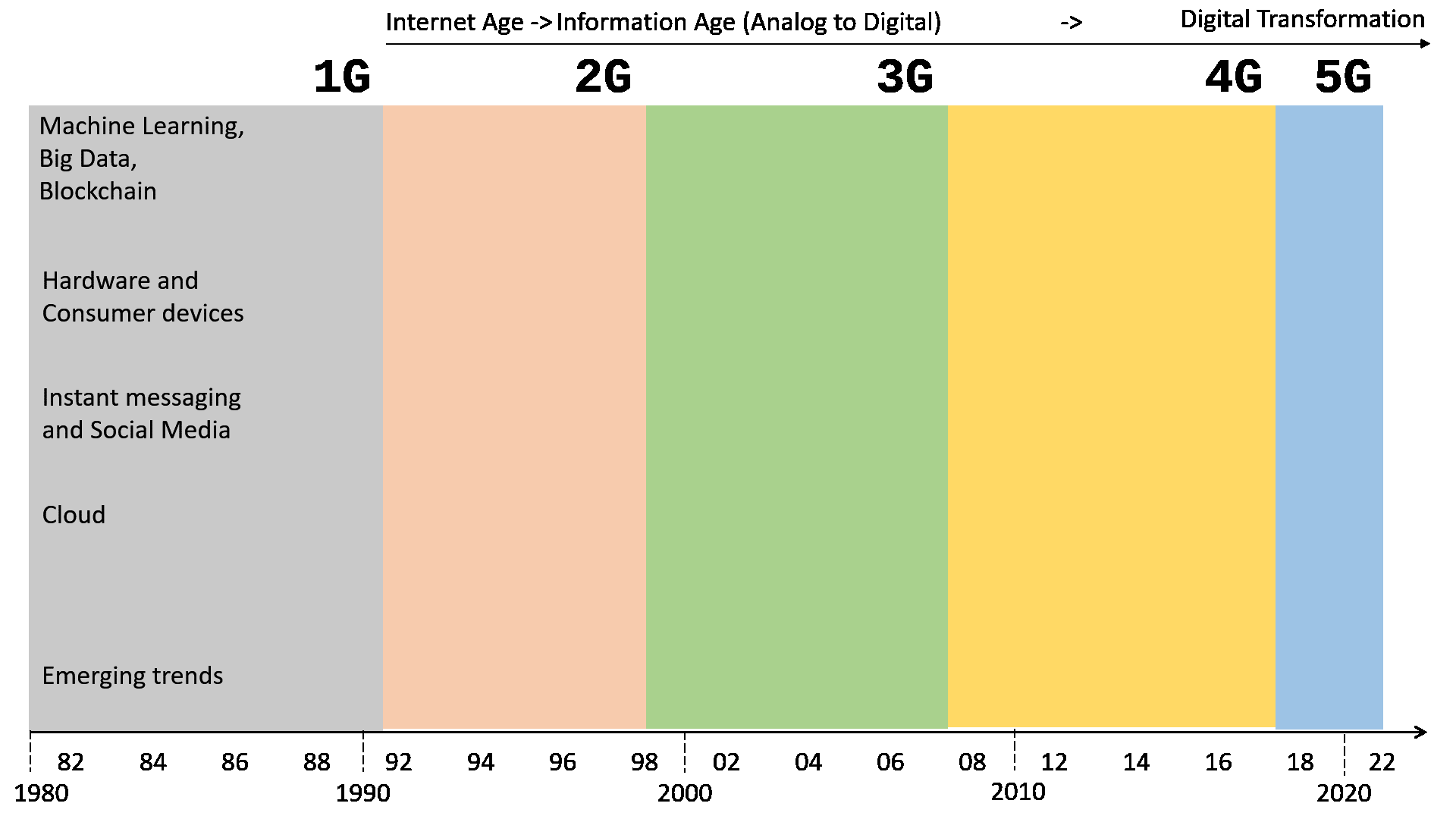11 min to read
Generative AI with Meta
Meta Unleashing Limitless Potential through Smart Content Generation

Facebook (Meta)
Meta’s Llama 2
-
Text-2-Text: Meta’s Llama 2 is an open-source large language model (LLM) released in July 2023. It is available for research and commercial use and is free to download. Llama 2 is trained on a massive dataset of text and code and has 7-70 billion parameters. This makes it one of the largest LLMs available, and it is capable of performing a wide variety of tasks, such as
- Text generation
- Translation
- Summarization
- Question answering
- Code generation
- Chatting
Llama 2 is also designed to be safe and responsible. It has been trained on a dataset filtered for harmful content and is equipped with safeguards to prevent it from being used for malicious purposes.
Meta hopes Llama 2 will be used to create new and innovative applications. The company has launched a challenge to encourage people to use Llama 2 to solve real-world problems like climate change and education.
Llama 2 is a significant development in the field of artificial intelligence. It is one of the most powerful LLMs available, and it is open-source and free to use. This makes it a valuable tool for researchers and developers, and it has the potential to be used to create a wide variety of new and exciting applications.
Available on https://ai.meta.com/llama
- Text-to-Avatar (T2A): Meta Avatars allows users to create personalized avatars for virtual reality experiences. Meta Avatars, now Meta Quest 2 and Meta Quest for Creators
- Image-to-Image (I2I): Research in Computer Vision - Meta has been involved in various research projects on image-to-image transformations, including style transfer and image synthesis.
- Text-to-Code (T2C): Wit.ai acquired by Facebook, Wit.ai enables developers to build applications to which users can talk or text. Wit.ai
Code Llama: A Large Language Model for Coding, Text-to-Code (T2C)
Code Llama is a state-of-the-art Large Language Model (LLM) introduced by Meta AI on August 24, 2023. This model is designed to generate code and natural language about code from both code and natural language prompts. The main features and details of Code Llama include:
-
Capabilities: Code Llama can generate code, understand natural language instructions related to code, and is also used for code completion and debugging. It supports popular programming languages such as Python, C++, Java, PHP, Typescript (Javascript), C#, and Bash.
- Variants: There are three main models of Code Llama:
- Code Llama: The foundational code model.
- Code Llama - Python: Specialized for Python.
- Code Llama - Instruct: Fine-tuned for understanding natural language instructions.
-
Performance: In benchmark tests, Code Llama outperformed other publicly available LLMs on code tasks. It scored notably high on coding benchmarks such as HumanEval and Mostly Basic Python Programming (MBPP).
-
Safety: Before its release, various safety measures were undertaken to ensure that Code Llama does not generate malicious code. It was found to provide safer responses compared to other models like ChatGPT.
-
Usage: Code Llama is intended to assist developers in various tasks, from writing new software to debugging existing code. It aims to make developer workflows more efficient and reduce repetitive tasks.
-
Availability: Code Llama’s training recipes and model weights are available on Meta’s GitHub repository.
- Responsible Use: Meta AI has provided a detailed research paper that discloses the development details of Code Llama, its benchmarking tests, limitations, challenges, and future prospects. They also emphasize the importance of using the model responsibly.
The rapid evolution in the generative AI space, exemplified by models like Code Llama, is poised to significantly influence the future of coding and software development in several ways:
-
Enhanced Productivity: Generative models can automate repetitive coding tasks, such as boilerplate code generation, code completion, and even generating code from high-level descriptions. This can speed up the development process and allow developers to focus on more complex and creative aspects of software design.
-
Lowering the Barrier to Entry: With models like Code Llama assisting in code generation from natural language prompts, individuals with limited coding experience can start building software. This democratizes software development, allowing a broader range of people to contribute to the tech ecosystem.
-
Improved Code Quality: Advanced AI models can be used for code review, identifying bugs, vulnerabilities, and suggesting optimizations. This can lead to more robust and efficient software.
-
Education and Training: AI-driven coding assistants can be invaluable tools for learners. They can provide real-time feedback, suggest best practices, and even explain complex coding concepts, making the learning process more interactive and effective.
-
Customization and Specialization: As seen with Code Llama’s specialized versions for Python and instruction-based tasks, future AI models can be tailored for specific languages, frameworks, or even industry-specific applications. This allows for more precise and relevant code generation.
-
Collaborative Development: Generative AI models can act as collaborative partners, suggesting alternative solutions, optimizing algorithms, or even brainstorming new features. This can lead to more innovative and user-centric software products.
-
Challenges and Ethical Considerations: While AI-driven coding offers numerous advantages, it also presents challenges. There’s a potential risk of generating malicious code, and over-reliance on AI can lead to a lack of understanding of the underlying code. Ethical considerations, such as job displacement and the potential misuse of these tools, also need to be addressed.
In conclusion, while generative AI models like Code Llama offer transformative potential for the software development landscape, their integration should be thoughtful, ensuring that they augment human capabilities rather than replace them, and that ethical considerations are at the forefront of their deployment.
Ensuring the responsible use of advanced AI models is crucial to prevent unintended consequences and potential risks. Here are some measures that should be in place:
-
Transparency and Openness: AI developers should be transparent about how their models work, the data they were trained on, and their potential biases. Open-source models or at least open methodologies can allow the broader community to inspect, understand, and critique the models.
-
Ethical Guidelines: Organizations should establish ethical guidelines for AI development and deployment. These guidelines should address issues like fairness, transparency, privacy, and accountability.
-
Safety Protocols: Before releasing models like Code Llama, developers should undertake rigorous safety measures, including red teaming (where experts try to exploit the model) and evaluations of the model’s risk of generating harmful outputs.
-
Continuous Monitoring: Even after deployment, AI models should be continuously monitored for unexpected behaviors. Feedback loops should be established to allow users to report issues and for developers to make necessary adjustments.
-
Limitations and Boundaries: Clearly define and communicate the limitations of the AI model. This can prevent misuse or over-reliance on the model in critical situations where human judgment is essential.
-
User Education: Users should be educated about the capabilities and limitations of the AI models they interact with. This can help prevent over-reliance and ensure that users make informed decisions based on AI outputs.
-
Data Privacy and Security: Ensure that AI models are trained on data that respects user privacy and that any data interaction during model deployment is secure and compliant with data protection regulations.
-
Bias and Fairness Audits: Regularly audit AI models for biases and ensure they are fair in their predictions across different demographic groups. Addressing and mitigating biases is essential for ethical AI deployment.
-
Regulation and Oversight: Governments and regulatory bodies should establish standards and regulations for AI development and deployment, especially in critical areas like healthcare, finance, and law enforcement.
-
Collaboration: Encourage collaboration between AI developers, ethicists, social scientists, and other stakeholders. This interdisciplinary approach can provide a holistic view of potential risks and solutions.
-
Fallback Mechanisms: In cases where AI decisions are critical, there should be a fallback mechanism or a human-in-the-loop to review and override AI decisions if necessary.
-
Accountability: Establish clear lines of accountability for AI decisions. If an AI model makes a wrong or harmful decision, there should be mechanisms in place to address the consequences and prevent future occurrences.
-
Community Engagement: Engage with the broader community, including AI researchers, practitioners, and the general public, to gather feedback, understand concerns, and collaboratively address challenges.
In essence, as AI models become more advanced, a multi-faceted approach that combines technical, ethical, regulatory, and educational measures is essential to ensure their responsible and safe use.
Meta AI’s belief in an open approach for AI development can have profound implications for the broader AI community and the development of future AI tools. Here’s how this openness can impact the landscape:
-
Collaborative Innovation: An open approach fosters collaboration among researchers, developers, and institutions. Sharing methodologies, datasets, and models can lead to faster advancements as multiple minds work on refining and building upon existing work.
-
Democratization of AI: Open-source models and tools make AI accessible to a wider audience, including individual developers, startups, and institutions with limited resources. This democratization can lead to a more diverse range of applications and innovations.
-
Transparency and Trust: Openness in AI development can enhance transparency, allowing users and developers to understand how models work, the data they’re trained on, and their potential biases. This transparency can build trust in AI systems among users and stakeholders.
-
Rapid Error Detection and Mitigation: The broader community can inspect and critique open models, leading to quicker identification of flaws, biases, or vulnerabilities. This collective scrutiny can result in more robust and reliable AI tools.
-
Standardization: Open development can lead to the creation of standards and best practices that can be widely adopted across the AI community. This can ensure consistency, interoperability, and quality in AI developments.
-
Ethical Development: Openness allows for a broader discussion on the ethical implications of AI tools. The community can collaboratively address issues like fairness, privacy, and accountability, leading to more ethically sound AI solutions.
-
Diverse Applications: With access to open AI tools, developers from various fields can tailor AI solutions to niche or specialized applications that might not be addressed by large corporations or institutions.
-
Educational Value: Open AI resources can be invaluable for educational purposes. Students, educators, and self-learners can access state-of-the-art models and tools, leading to better AI education and training.
-
Economic Growth: Open AI tools can stimulate economic growth by reducing entry barriers for startups and businesses looking to integrate AI into their products and services.
-
Global Reach: An open approach ensures that AI advancements are not confined to specific regions or institutions. Developers from around the world can contribute to and benefit from open AI resources, leading to a globally inclusive AI ecosystem.
-
Addressing Global Challenges: The global AI community can collaboratively address pressing global challenges, such as climate change, healthcare, and humanitarian crises, using open AI tools.
-
Feedback and Continuous Improvement: Openness facilitates a continuous feedback loop from the community. This feedback can guide the development of future versions of AI tools, ensuring they are aligned with users’ needs and expectations.
In conclusion, Meta AI’s commitment to an open approach in AI development can catalyze a more collaborative, transparent, and inclusive AI ecosystem, driving innovation and ensuring that the benefits of AI are widely accessible and ethically grounded.
For more in-depth details, you can refer to the Code Llama research paper or download the Code Llama model.
Meta LLaMA-2 Getting started
Text Generation
To get started on Text Generation using Meta LLaMA-2, you can check out how to do this here.
- Text Completion covers text generation via LLaMA-2 Chat via Together API
More comprehensive demos are available on
- LLM Scenarios, Use cases on the Gradio App
- Also, source code on GitHub
Further References
If you are interested in Citizen Development, refer to this book outline here on Empower Innovation: A Guide to Citizen Development in Microsoft 365
| Now, available on | ||||
|---|---|---|---|---|
|
|
||||

|
||||
|
|
|
|
|
|
If you wish to delve into GenAI, read Enter the world of Generative AI
Also, you can look at this blog post series from various sources.
Stay tuned! on Generative AI Blog Series
We are advocating citizen development everywhere and empowering business users (budding citizen developers) to build their own solutions without software development experience, dogfooding cutting-edge technology, experimenting, crawling, falling, failing, restarting, learning, mastering, sharing, and becoming self-sufficient.
Please feel free to Book Time @ topmate! with our experts to get help with your Citizen Development adoption.



Comments